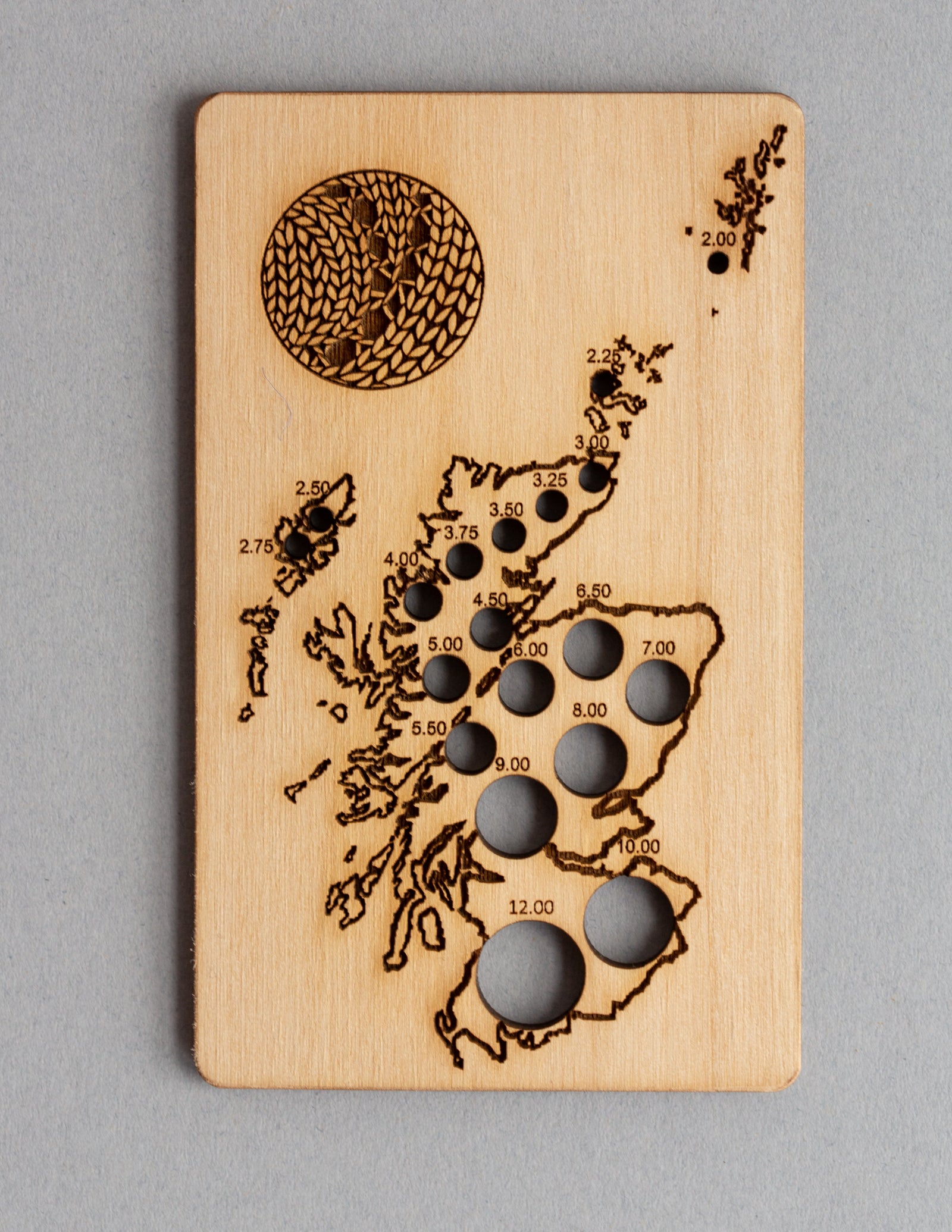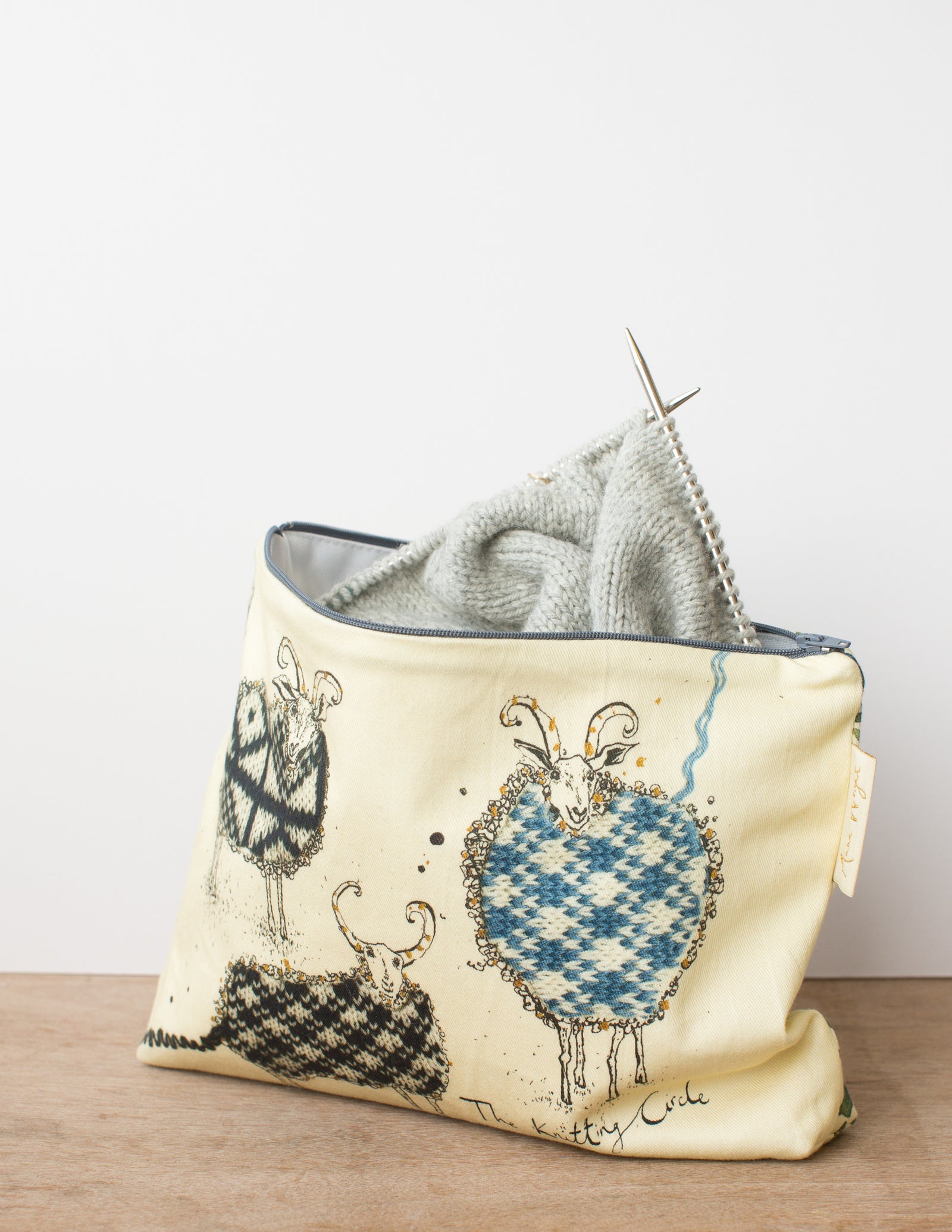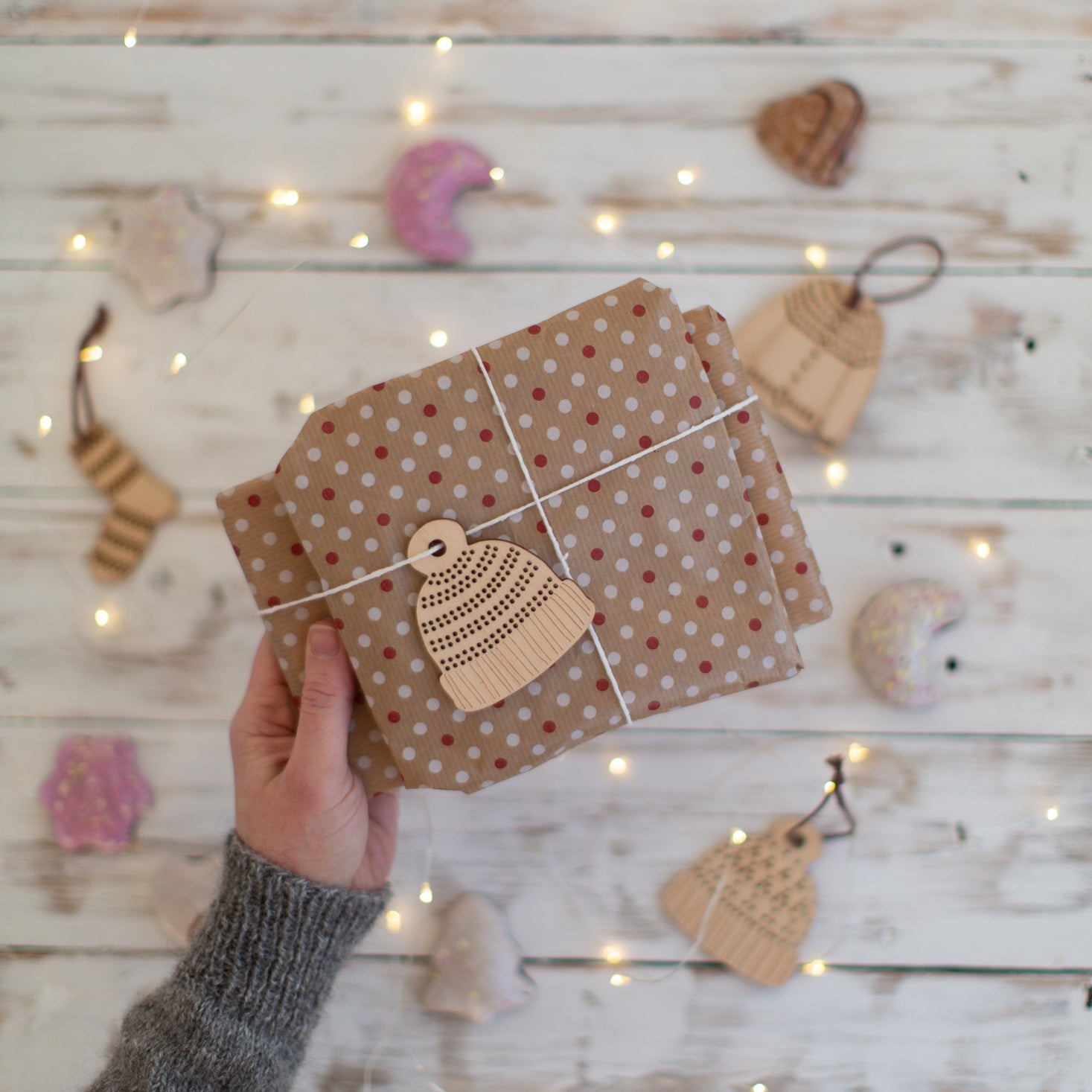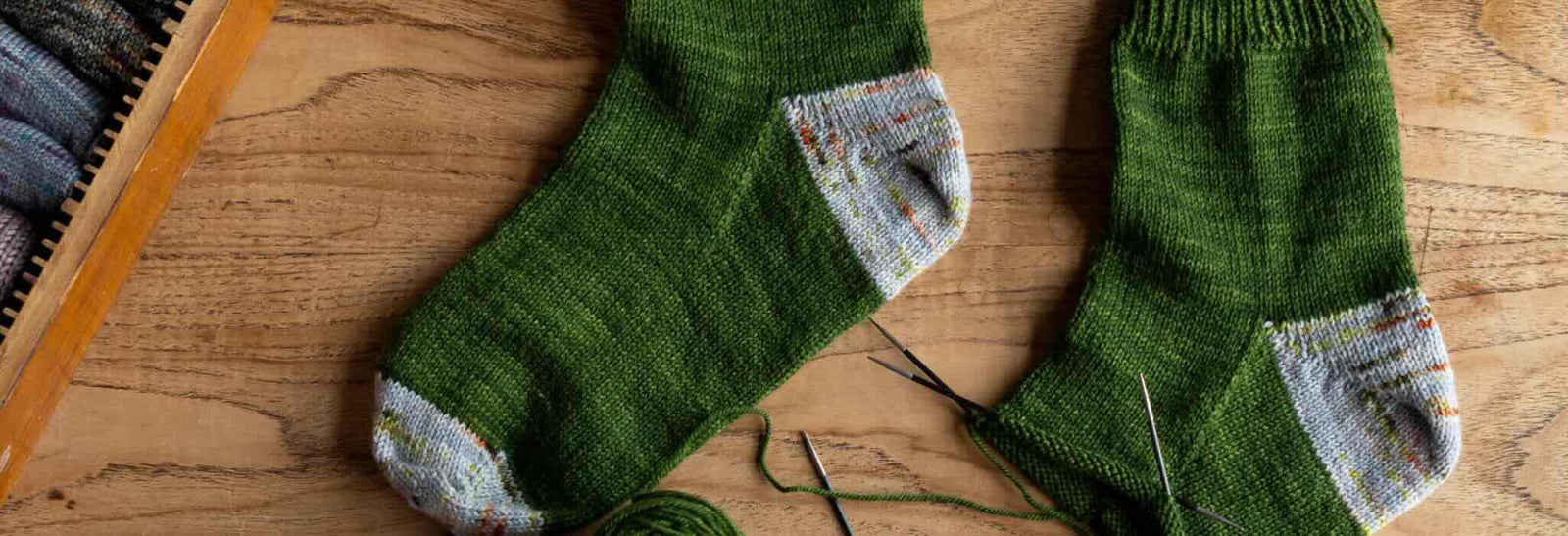Patterns
Kits
sundries
knitting tools, buttons and notions, project bags and other pleasing little things
knitting tools, buttons and notions, project bags and other pleasing little things

Exclusive Scotland needle gauge by Katrinkles

Zippered pouches in two sizes by our studio neighbour Anna Wright

keep small tools accessible with the Maker's Keep
gift 2019
Subscribe to our Colourwork Club for a gift that lasts well into the new year. Your recipient will receive a new colourwork kit in Janurary, February and March

Subscribe to our Colourwork Club for a gift that lasts well into the new year. Your recipient will receive a new colourwork kit in Janurary, February and March


Last minute shopping? Gift cards are delivered electronically - forward the email or print it for your recipient. A range of amounts are available and gift cards don't expire.

Technique Thursday – increases
March 27, 2014
The first time I made a jumper I looked up every new technique in the only knitting book I had: The Odhams Encyclopedia of Knitting. When it came time to increase I chose the “Over Type of Increase” because it was the only one described as “perfectly simple”. Although the book did mention that is was used mainly in lace patterns there is not one mention of the fact that a yarn over (for that is what is described) produces a hole. Somewhat fortunately I was also unwittingly purling eastern and twisting those yarn overs when I purled back across them.
We’ll talk about yarn overs and how you can make them more evenly sized when worked between different combinations of stitches another day. For now, a few other increase methods, most of which are also “perfectly simple”. There are a multitude of tutorials available on how to work the stitches themselves and I’ve linked to some good ones below, but it’s often helpful to look at not just how to work a stitch but at the appearance it will give on your work.
Paired increases worked on every other row

Paired increases worked on every row

Make ones – make one left (m1l), make one right (m1r), make one purl left (m1pl), make one purl right (m1pr). The strand between the stitch just worked and the next stitch is worked into so that it twists. The leg of that stitch on the right side can lean left or right.
I find that when worked with just one stitch between a mirrored pair that it looks a bit neater to work the increases leaning away from the centre stitch — so m1r, k1, m1l. As shown above this becomes much more pronounced when the increases are worked on every row.
On the wrong side twist the stitch in the same direction as you want it to be twisted on the right side.
Twisted yarn over – substitute for m1
Sometimes make ones, especially if they’re worked right above one on the previous row, can get too tight as you pull the yarn up between the stitches. An alternative that produces a structurally identical result is to add the strand of yarn and twist it.
A twisted yarn over can be made by working a yarn over and then working into the back of it on the next row. That will twist to the left. For a right leaning version work the yarn over backwards and then work into the front of it.
Alternatively twist a loop of the working yarn and place it on the needle.
Knit front and back – kfb, pfb
Often taught to beginners (one’s who aren’t determined to learn on their own like I was!) and rejected because of the bump it creates. Those bumps, however, can make rather nice design lines, especially when worked in pairs.
No worrying about leaning in different directions but the crucial difference is that the first stitch made from the second of the initial stitches will be the centre stitch. So if a marker is placed you would work to 1 stitch before the marker then: kfb, slm, kfb. Doing that on subsquent rows will result in a column of bumps on either side of the stitch right after the marker.
Lifted Increases – LLI, RLI
Worked into the stitch below the one on the needle, this is probably the most invisible increase method in stockinette although it can sometimes produce a visible hole. One of my favourites for top down raglan style shaping because when worked without any stitches in between the two pulled up stitches look like one upside down centred stitch. Of course, when working top down that stitch will be right sides up on the garment — a detail that shouldn’t matter but just looks right.
The major pitfall to avoid when working lifted increases is working them on every row. If you try it it will quickly become apparent that you’re always increasing into the same stitch, pulling it further and further up the work!
A nice alternative is to work two increases on the right side and none on the wrong side. Increasing twice on the right side is mathematically the same as increasing once on both sides and can be worth trying in other situations too. You can see this in the photo above where two RLIs are followed by two LLIs.
Also in Journal

Deep Shadow Heel Tutorial
September 25, 2025

20 Years of Ysolda Knitting Patterns: Part 2
June 23, 2025

20 Years of Ysolda Knitting Patterns: Part 1
June 19, 2025
Recent Articles
-
Deep Shadow Heel Tutorial
September 25, 2025
-
20 Years of Ysolda Knitting Patterns: Part 2
June 23, 2025
-
20 Years of Ysolda Knitting Patterns: Part 1
June 19, 2025
-
Learn to Knit: Mattress Stitch
March 29, 2023
-
How to Knit a Scarf: A Beginners Guide to Scarf Knitting
March 23, 2023
-
Learn to knit: the long tail cast-on
February 03, 2022
-
How to Graft Your Knitting
December 09, 2021
-
Crochet Provisional Cast-on
December 02, 2021
-
Learn to knit: How to knit in the round with double pointed needles
November 25, 2021
-
Learn to knit: How to knit in the round using the magic loop technique
November 25, 2021
Free resources
-
KALS, step-by-step pattern guides and free patterns
Learn brioche with the free Daniel's Hat pattern
Tombreck - a free chevron beanie pattern
Working the brioche neck detail on the Polwarth sweater
Installing a zipper and ribbon, finishing wee Carson
Yarn colour ideas for Threipmuir sweater
Additional colourways for the Joy mitts (choose your pride flag)
How to join the shoulders on Wardie
How to join the pockets on Granton and Wardie
Finishing Resources for Granton
Broughton mittens tutorial part 1
Broughton mittens tutorial part 2
Broughton mittens tutorial part 3
Basics
Casting on
Decorative Channel Island Cast-on
Binding off
3 Easy Stretchy Bind-offs (p2tog bind-off; k2togtbl, k1 bind-off; Jeny's surprisingly stretchy bind-off)
Tubular Bind-off for brioche stitch
Increasing
Paired increase methods compared
How to continue in pattern while increasing and decreasing
Decreasing
Brioche stitch double decreases
Knitting in the round
How to Knit in the round using Magic Loop
How to Knit in the round using DPNs
Short rows
Swatching and gauge
Tips and tricks
Avoiding ears when binding off
Tighter purl stitches for neater cables and ribbing
Cabling without a cable needle
How to knit more symmetrical yarn overs
Bust darts in sweaters with all over stitch patterns
A magic formula for evenly distributing shaping
Superwash v Non-Superwash Wool
Picking up sts from the middle of the fabric
Reading knitting patterns
Understanding "continue in pattern"
Help! Where am I in my knitting project?
Using charts, even if you hate them
Finishing
Garment knitting
Joining the body and sleeves on a seamless bottom up sweater
Sizing
Ysolda’s sizing chart for knitwear designers
Inclusive garment knitting
How to pick a garment without a model for you (specifically addresses finding garment patterns when your gender identity isn't represented and the styles you want to knit might not be sized to fit your body)
How does ease affect inclusive size ranges?
Specific stitch patterns
Lace
Identifying and fixing mistakes in lace knitting
Colourwork
Getting started with stranded colourwork
Understanding colour dominance
Working stranded colourwork over small circumferences
Decreases in stranded colourwork
Holding the yarn for stranded colourwork
Ladderback Jacquard (a neat way to deal with long floats)
Cables
Cabling without a cable needle
Cabling without a cable needle on the wrong side
How to knit cabled decreases
Closed ring cable increases and decreasesBrioche
How to work brioche stitch in the round
Other crafts
Cross stitch
How to begin your first large cross stitch project
How to finish a cross stitch project with an embroidery hoop frame
Mending

Sign up today
Find out the latest news from the studio such as sales, pattern releases, and new workshops or KALs our learning community, The Knitwork. We also share helpful tips and exclusive subscriber discounts...



